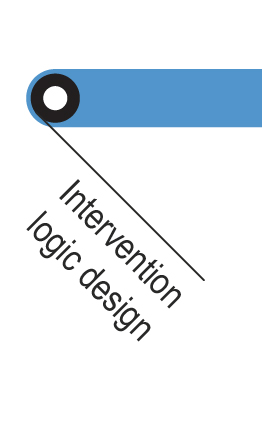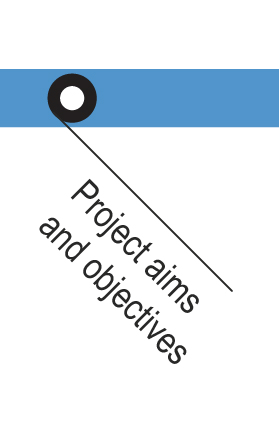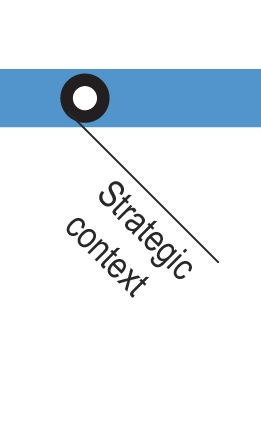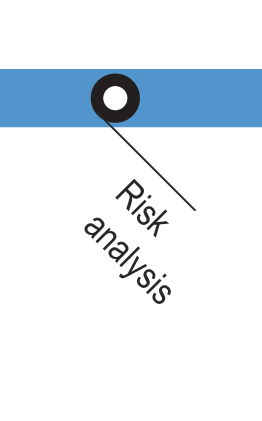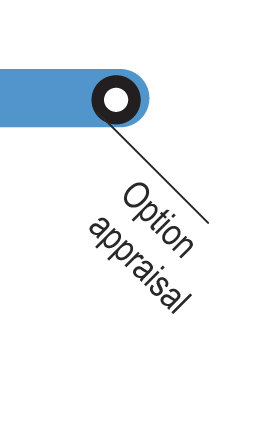 DEFINING PROJECTS AIMS & OBJECTIVES will provide a useful focus to deisgn relevant project activity.
DEFINING PROJECTS AIMS & OBJECTIVES will provide a useful focus to deisgn relevant project activity.
The use of the SMART principles is thereby helpful. In this way, the aims and objectives should relate directly to the identified needs or problems the project is supposed to address. These needs or problems need to be clearly evidenced by the use of data, statistics, market research findings, etc.
A number of questions inter-relate with the task of articulating clear aims and objectives, such as: What do we want to achieve? What are we able to achieve in terms of our organisational capacity and time? How will the project target groups be able to cope with the project activities in terms of size, volume, timing, expectations etc.? Who will we need onboard to improve the effectiveness of the project? etc. These aspects should narrow down the project aims and objectives into achievable and realistic proportions.
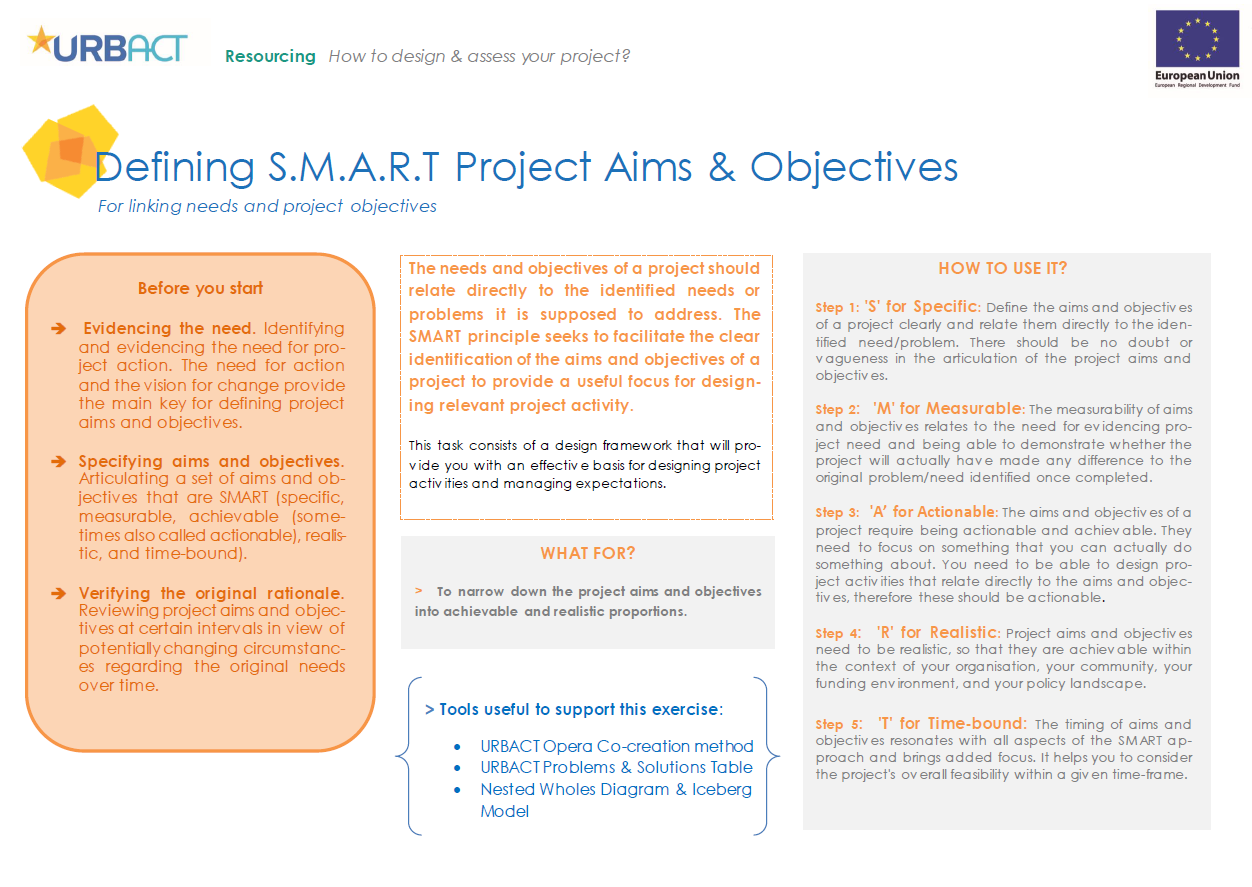 This tools consists of a design framework for the SMART approach used in a number of areas of project design, including aims and objectives, but also with regard to defining performance indicators of an initiative.
This tools consists of a design framework for the SMART approach used in a number of areas of project design, including aims and objectives, but also with regard to defining performance indicators of an initiative.
Who is the tool for? | When should the tool be used? |
Project Design Team | When you have developed a clear idea about the need for a project and you have developed a project idea. |
Click on the stations to navigate through the Project line!
Key challenges of this step
- Depending on the complexity of the need identified, the task of identifying specific aims and objectives will also lead to the consideration about the number of projects required to address this need. For example, is it a single project with lots of activities, or is the identified need better addressed by a number of separate projects focusing on just a few activities each?
- In the process of project design the composition of aims and objectives might be revisited a number of times and a thorough 'reality check' needs to be applied to ensure that the project remains feasible and realistic.
Main risks
- To define aims and objectives without sufficient evidence to back-up your project idea. It will be difficult to compete for project funding if you cannot demonstrate and evidence the need for project action clearly.
Helpful tips
- It is advisable to lean on existing strategies and policy objectives when articulating project aims and objectives which often improves the chances of finding funding. It is therefore advisable to understand what the current policy landscape is and to identify if and how the project can contribute to these policy objectives while not losing focus on the identified need.
- Establish early on whether another local organisation is planning or implementing already a similar project. Potentially you could link your project with theirs for added impact and effectiveness, or for complementing each other’s activities thereby creating added synergies.
- Utilise the SMART principles to design a project within the capacities of your organisation or partnership, but also with a close view on the capacities of the project target groups regarding their ability to participate and take-up the envisaged project activities.
- Don't shy away from breaking down an originally large project into two or three smaller projects with more distinct aims and objectives, particularly if the thematic is complex or the number of project activities become too numerous to be managed effectively.
- Involve representatives from the project's target groups, and local politicians in your discussions about aims and objectives, this encourages buy-in, a sense of ownership and interest in your project.
- Involve colleagues with roles in policy and strategy in your discussions, to identify early the strategic fit of your project and to tap into their knowledge about the overall policy environment.

